Website sections:
Current section's content:
- You Can Manage and Program Creativity
- Creative Abilities and Creative Thinking Skills Management
- Briefly About CreativityModel Method Usage
- CreativityModel Method Usage Opportunities and End-User License Agreement
- Current Version of CreativityModel Method
- CreativityModel Method Abstract
- CreativityModel Method Version Changes
- CreativityModel Method Glossary
- Explanation of the Method's Component Parts and How the Component Parts Interact
- Explanation of How the Method's User Achieves Results
- CreativityModel Method - Generate Dots, Connect the Dots
- CreativityModel Method Usage Areas
- The Artist in You
- Growth of the Artist in You
- The Result Getter in You
- Applying the Result Getter in You
- About Choice Supported Creativity Usage
- The Problematic Side of Business Creativity
- Creativity Management and Business Creativity
- Sales CRM Software Development Example
- Why Does Creativity Management Matter and What Can You Do About This?
- Goal Oriented Creativity Management and CreativityModel Method
- Goal Oriented Creativity Management and Your Personal and Professional Life
- Teenager, Version 1 - Confusion
- Teenager, Version 2 - Career Development and Life Management
- Managers, Version 1 - Zigzagging Business Development
- Managers, Version 2 - Innovation Management and New Product and Service Development
- The President, Version 1 - Some of It Did Happen
- The President, Version 2 - Self-Expression, Conflict Resolution, Creativity and Leadership
- CreativityModel Method Development Background
- Further Development of CreativityModel Method
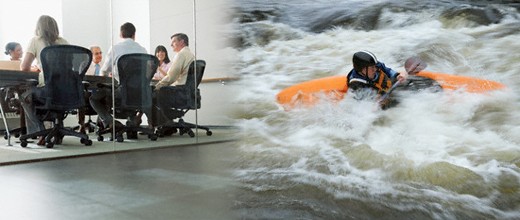


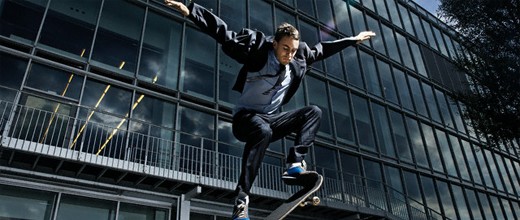


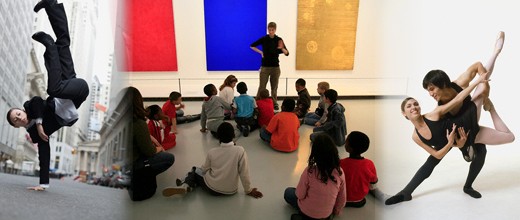

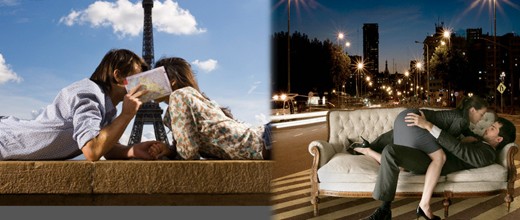
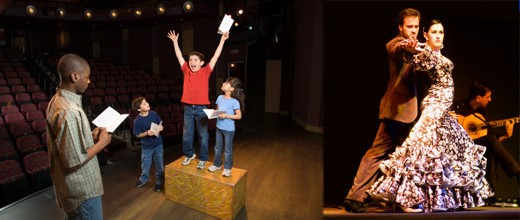
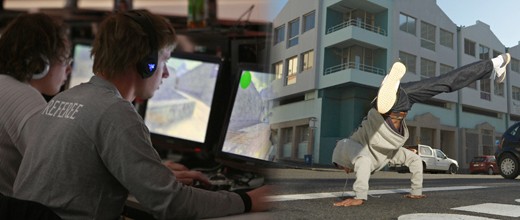
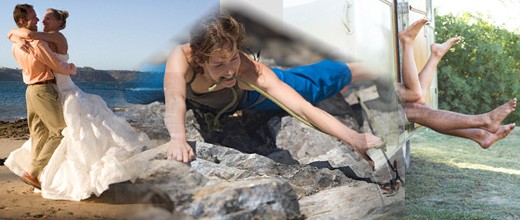



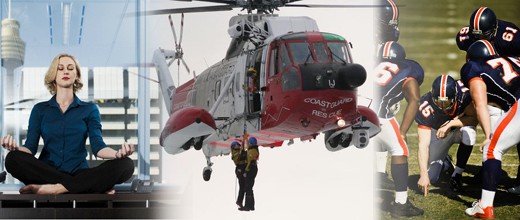



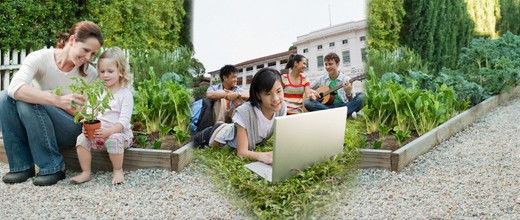
The Result Getter in You
CreativityModel Method addresses goal oriented business creativity and self-expressive artistic creativity usage in combinations. Both are needed in personal and professional everyday life.
This article is third in a four article series and accompanies the following articles: The Artist in You, Growth of the Artist in You, The Result Getter in You (the current article), Applying the Result Getter in You. This series describes CreativityModel Method usage areas.
The result getter in you sets goals and gets results.
Not just any kinds of goals and results.
- The result getter in you sets goals that integrate the project's goals, structure, and content with its theme and applicable larger objectives. That project can be pretty much anything that you work on and requires setting and achieving goals.
- The result getter in you gets results that meet the necessary criteria.
- To put it differently, you achieve contextual results that are meaningfully related to the overall development direction and meet the project specific criteria.
CreativityModel Method and goal oriented creativity usage help to achieve such results.
Goal oriented creativity and choice supported creativity are two complementary sides of CreativityModel Method.
Goal oriented creativity is about usage of creativity for goal achievement purposes. Choice supported creativity is about usage of creativity for artistic and other types of self-expressive purposes.
In most cases in life you use goal oriented creativity and choice supported creativity in combinations, but in order to do so effectively, you should know how to use both types of creative thinking skills within your abilities, experience and expertise.
Goal oriented creativity usage can be learned and improved similarly to artistic, choice supported creativity usage.
Goal Oriented Creativity In a Nutshell
Identify, what do you need to achieve. Establish the goals, the end point that you need to achieve, the structural parts that will take you there, and thereafter choose your first step.
Establish the structure for what you will do starting with the goals and proceeding from there toward the starting point.
This is your "base structure" or "default path" that contains steps that you can implement "by default" unless better alternatives emerge. So, anticipate need for changes and remain flexible.
This is what makes the planning portion's results effective and efficient. Flexibility and choice supported creativity usage within the goal oriented structure makes the implementation effective and efficient.
So, improving the result getter in you means improving how quickly, effectively and efficiently you are able to identify the goals and one or more alternative structures in a reverse order, from the goals perspective, not from the starting point's perspective. You need to achieve goals, not the starting point. This means that for the best results you should see the path to your goals from the goals perspective. You can train this type of thinking in yourself, so that you can proceed with a higher probability of success even in the areas that you are not very familiar with when you start your project, whatever it is.
Similarly, you can improve how well you use your self-expressive choice supported creativity within the goal oriented creativity based structure.
Why is this important? If you need to achieve goals, but pursue them in a self-expressive manner, it is likely that you will move in different directions. You can do so within individual milestones, when needed, but not for the entire project's structure. Those primarily self-expressive directions may not lead you to achievement of goals. Further, each such direction uses up time and energy and other relevant resources as well. If you spend these resources on going in different directions, one direction after another, instead of moving towards establishing and achieving meaningful goals, then you simply use up the resources, while reducing the probability that you will achieve the needed goals or objectives.
When and Where is Goal Oriented Creativity Useful?
Goal oriented creativity usage can be beneficial whenever you need to achieve goals or objectives through project development processes.
Project can be any activity that requires creative development efforts or planning. So, an activity that takes relatively little time can be a project. Similarly, life management, career development and business or organizational development and other long-term undertakings that take years to accomplish can be projects as well.
Test Question
The "What do we need to achieve here" question is a good test. When this question itself is applicable to what you do (or your team, company or organization does), goal oriented creativity usage is most likely applicable as well, and can help you to achieve results more reliably and with less effort.
So, goal oriented creativity is not just for long-term planning and goal setting and result getting. You can use goal oriented creativity also in your everyday life for different short-term undertakings.
Ask the Test Question When in Trouble
How do you tend to act when you are in trouble?
Do you act emotionally and impulsively most of the time, or do you ask yourself the "What do we need to achieve here" question?
Asking and answering this question in time, sufficiently quickly, and also acting accordingly, is not necessarily easy to do, especially under the pressure. Variety of external and internal complications may influence the decision making processes. However, it is likely that you can train your relevant skills if you want to do so.
What Does Goal Oriented Creativity Have to Do With the Artist in You?
Most everyday work and projects that are considered creative by nature require a heavy dosage of goal oriented creativity, combined with the self-expressive choice supported creativity usage on as needed bases. The reason is that in most cases when creative work is being done for customers, objectives have to be met and goals have to be set and achieved that affect the entire project.
Life Management, Career Development, Business Development, Innovation and Innovation Management, New Product and Service Development
Life management, career development, innovation and innovation management, and new product and service development all have something in common. In all of these areas you can proceed by using primarily choice supported creativity, or you can proceed by using primarily goal oriented creativity. The results will differ as well.
- You can proceed incrementally by doing what you know will sell (that is, is seemingly in demand), and by making little improvements here and there either when you need to do so, or out of your own initiative.
- Here, you are proceeding by using choice supported creativity for the development of the project's structure.
- Alternatively, you can ask and answer the "What do we need to achieve here" question from long-term development perspective, and then proceed accordingly.
- Here, you can proceed by using goal oriented creativity for development of the project's structure. That means that you (and, if applicable, your team) will
- (1) decide where you (or the team) want to be,
- (2) map the path from where you want to be to the starting point, and
- (3) during that planning leave room for implementation related flexibility.
- (4) Implementation of the plans should take place through combining goal oriented and choice supported creativity.
Experiences as Objectives
Most people seem to want and value positive experiences. Do you agree with me on this?
All of us have needs and wants that can be categorized in different ways. Once we get beyond the needs that are necessary for human survival, most of the rest of the needs are either directly or indirectly related to experiences. In this regard, things and everything else material are means to positive experiences. The same goes for achievements.
We can consider experiences as objectives, and this is another area where goal oriented creativity usage is applicable.
Most business management and development tasks are in one way or another about producing positive experiences for the customers.
Further, on a personal level you can be very successful professionally, but if you cannot produce positive experiences for the people that you interact with, these people will be affected negatively, and most likely so will be you.
Similarly to goal setting and result getting in other areas of personal and professional life, you can figure out how to produce positive experiences for other people. If you have difficulties with this, training may needed.
This applies to interpersonal interactions, just like it applies to business development. For example, user experiences and usability matter. A company can push its products and services through the marketing channels, but under similar conditions the products that are associated with better user experiences and usability will gain greater consumer acceptance.
So, production of positive experiences is closely related to different areas of life, and often requires goal oriented creativity usage. The word "production" is important here. These experiences are indeed produced and consumed.
How Much Research and Planning are Needed?
Project's structure is like a road map, and planning helps to map the needed steps. CreativityModel Method emphasizes doing planning from goals towards the starting point in cases when goal oriented creativity usage is necessary. This is more difficult to do habitually, but can substantially increase the probability that the resource needs and other necessary aspects of project implementation are being identified, taken into consideration, and spent efficiently and effectively. So, doing planning from the goals to the starting point, from the end point perspective, increases the probability that you will not go wrong and will actually achieve the needed goals and objectives.
However, planning is a preparation tool for implementation and consumes resources on its own. Further, plans change during the implementation. So, how much time, efforts and other resources should you allocate on planning?
Based on what I know, I would say that in general it is advisable to do enough research and planning and communicate the findings, so that during the implementation it is clear to the project participants what needs to be achieved with the project and with each of its milestones or steps. Based on that knowledge the project participants can then make changes to the initial plan as necessary during the implementation.
The same applies, if you work alone and are both the project planner and the person who implements the plan. Make sure that you know which steps will take you where you want to be, what you want to achieve with each step and what the priorities are.
Goal oriented creativity usage does not necessitate rigid and inflexible plans, or bureaucracy. Goal oriented creativity usage involves alternative project element generating and evaluations (pooling). During the implementation some intermittent goals may be dropped and some goals may be modified when better alternatives emerge. However, without any better alternatives, the participants should know what to aim for during each project development stage, so that the overall project goals will be achieved as well.
So, goal oriented creativity usage helps to evaluate resource needs, to become sufficiently familiar with the needed areas and milestones or steps, and to communicate the necessary information to the project participants and thereby increase the probability that these goals and objectives that matter the most will actually be achieved.
CreativityModel Method's formal version provides more information on how to decide how much research and planning are needed.

